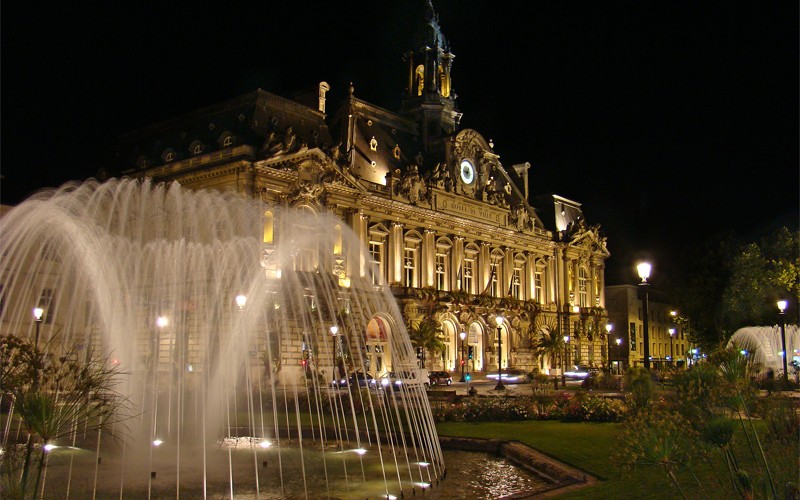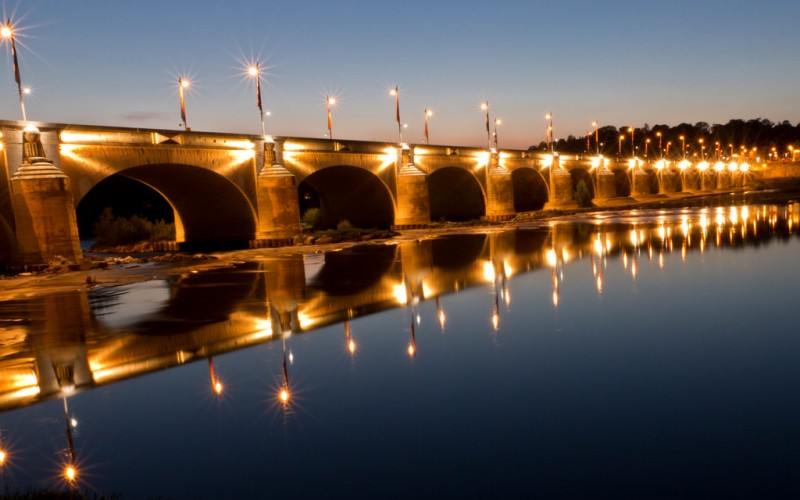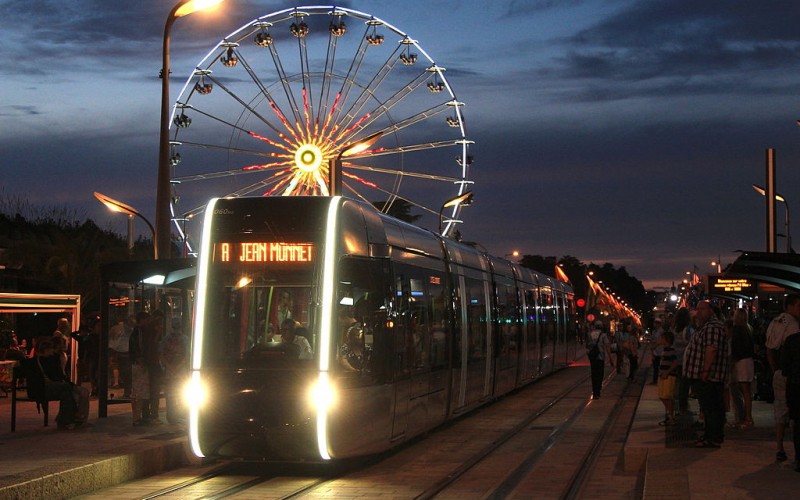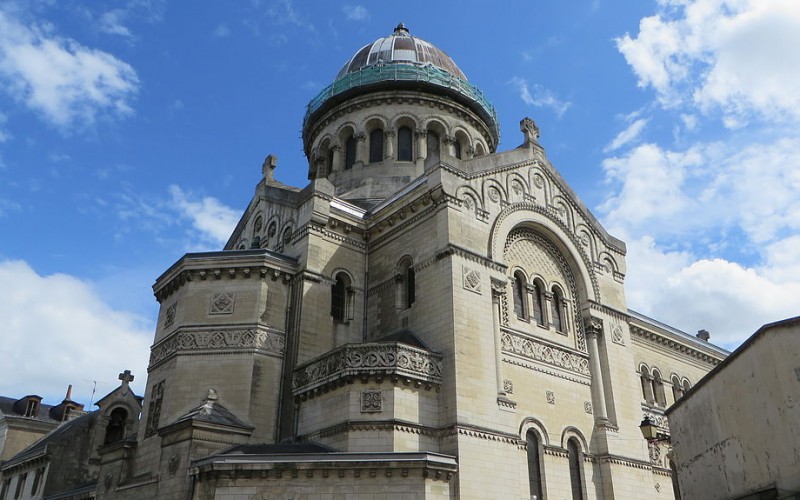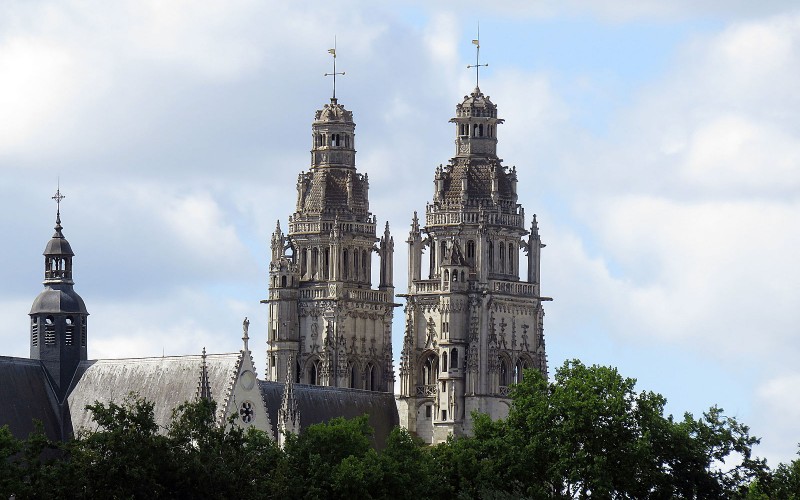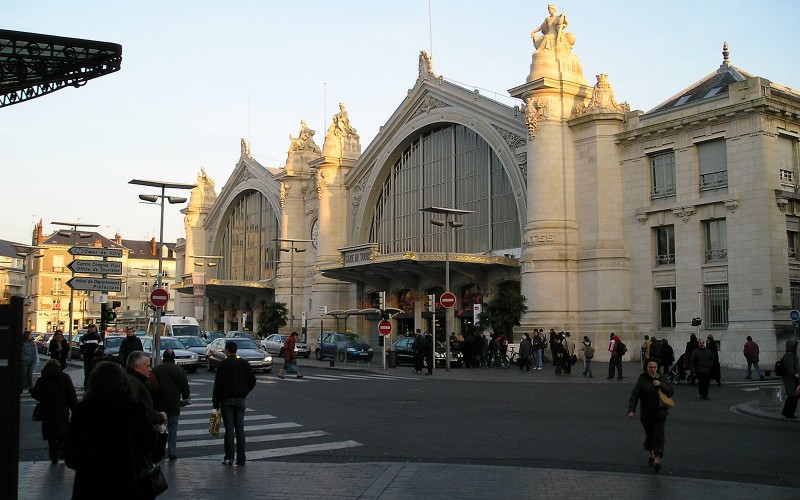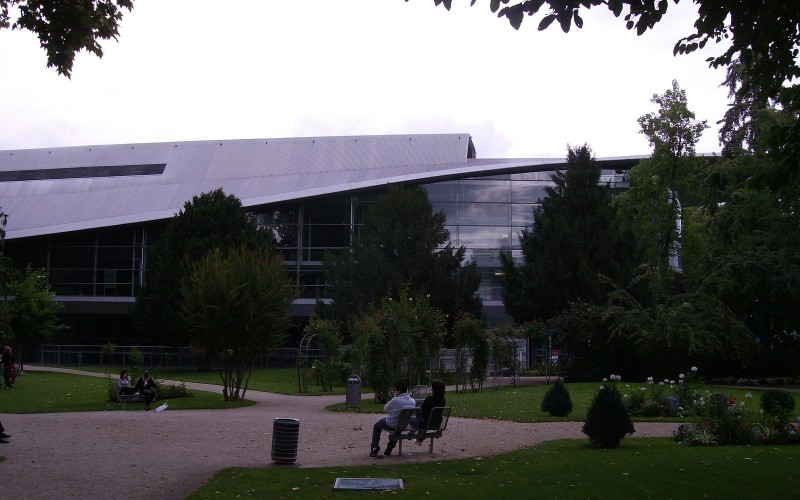The annual 2016 IEEE International Ultrasonics Symposium will be held at the VINCI Convention Center, TOURS, FRANCE, from September, 18-21, 2016. Oral and poster presentation formats will be used at the symposium. Papers are solicited for this conference describing original work in the field of ultrasonics.
The abstract submission system opens Tuesday March 1st, 2016 and closes Friday, April 1st, 2016, 11:59 pm Pacific Time: to access to the dedicated submission site please follow this link: IUS 2016 abstract submission system (http://submissions.mirasmart.com/ius2016/).
Please read the following information and instructions before submitting your abstract.
Abstract Rights Transfer to IEEE
IMPORTANT – When authors submit abstracts via the linked abstract submission site, it is understood that the authors have resolved the intellectual property right issues with their employers and other parties involved, and have transferred their abstract rights to IEEE. Authors who have concerns about intellectual property rights should consult their attorney for legal advice (for example, filing provisional patent applications). The abstracts will be kept confidential until they have been accepted and placed in the conference program. After that time (around the end of June 2016), the abstracts may be published both online and in print, or be accessible through the “Meeting Planner” to help attendees to prepare and/or individualize their conference programs.
Abstract submission instructions
– Abstract Format: Each abstract should be presented into the following three sections:
(1) Background, Motivation, Hypothesis and Objectives;
(2) Statement of Contribution/Methods;
(3) Results, Discussion and Conclusion.
– The total number of characters excluding spaces, title, author names, and affiliations is limited to 2500.
– Figures and Tables: Figures and tables are allowed as long as they are in the Joint Photographic Experts Group (JPEG or .jpg) or Graphic Interchange Format (GIF or .gif) file format. Although a picture is a thousand words, each figure or table will only count for 500 characters towards the allowed total of 2500 characters.
– An overall abstract is limited to one page, including three sections and all figures.
– Size of Figures and Tables: To fit into one page, the original size of figures and tables may need to be reduced. If the figures and/or tables are large, it is recommended to reduce their size, so that both the width and height of these items does not exceed 800 pixels before you upload them during abstract submission. Smaller sizes of figures and tables will ensure that the production of an electronic abstract book is a reasonable file size, which is helpful in the abstract review process and convenient for users who download the abstract book.
– Student Paper Competition: If you are a student, you may wish to participate in the Student Paper Competition. For consideration, please make your selection during your abstract submission. Abstracts submitted by students for the Student Paper Competition will undergo the same review process as any other abstract submitted to the symposium. The finalists, determined based on review and ranking of their abstract, will be notified and invited to present during a special Student Paper Competition session on the first day of the symposium. The presentations will be evaluated by a panel of judges, and winners in each technical area will be selected.
– Oral or Poster Preference: The mode of presentation that can be selected by authors during the abstract submission is “Oral”, “Poster” or “Either”. Although the Technical Program Committee (TPC) will consider the authors’ presentation preferences during the abstract evaluation process, the final decision on “Oral” or “Poster” of an abstract will be made by the TPC. Please note that the acceptance of an abstract or not by the conference will solely depend on the quality of the abstract, not on authors’ “Oral” or “Poster” selection.
– Student Travel Support: If you are a student, you may request Student Travel Support which is independent from Student Paper Competition. If you request Student Travel Support, please select “Yes” to the question “Do you require travel support?” during your abstract submission. Otherwise, your request will not be considered even if you have provided information such as laboratory name, advisor’s name, IEEE membership number, graduation date, etc. Please note that you are not eligible for Student Travel Support unless you are an IEEE UFFC member. If you are not a member, please join the IEEE and UFFC society. A discounted membership is available for students.
– Oral or Poster Presentation Preference: The presentation preference – “Oral” or “Poster”, can be selected by authors during the abstract submission. Although the Technical Program Committee (TPC) will consider the authors’ presentation preferences during the abstract evaluation process, the final decision will be made by the TPC based on authors’ preference, abstract review and ranking. Please note that the acceptance of an abstract for presentation at the symposium will solely depend on the quality of the abstract and the outcome of the review, and it will not be affected by the authors’ “Oral” or “Poster” selection.
– Abstract Evaluation: Your abstract will be evaluated by the Technical Program Committee (TPC) and the decision to accept, reject or combine abstracts is final. The committee will also determine the form of presentation, either “Oral” or “Poster”.
– Presentation Guides: If your abstracts are accepted, please check the Oral Presentation Guide and/or Poster Presentation Guide as appropriate to prepare your presentations.
– Missed Emails: The following abstract submission site also contains a copy of all emails that the site has sent to you automatically regarding both your abstract submissions and review results (the review results will be available at the beginning of June 2016). If your email spam filters delete the emails, you can always access them using your usernames and passwords (see the “Email History” link after you log in). If you have more than one account, please check all of your accounts.
– IMPORTANT – When you use the “Submit My Abstract” link in the online submission site, you will receive an automatic confirmation email containing your abstract ID.
Papers are solicited for this conference describing original work in the field of ultrasonics from the following subject classifications:
Group 1: Medical Ultrasonics
MBB Medical Beamforming and Beam Steering
MBE Biological Effects & Dosimetry
MBF Blood Flow Measurement
MCA Contrast Agents
MEL Elastography
MIM Medical Imaging
MPA Medical Photoacoustics
MSD System & Device Design
MSP Medical Signal Processing
MTC Medical Tissue Characterization
MTH Therapeutics, Hyperthermia, and Surgery |
Group 2: Sensors, NDE & Industrial Applications NAF Acoustics Microfluidics
NAI Acoustic Imaging
NAM Acoustic Microscopy
NAS Acoustic Sensors
NDE General NDE Methods
NEH Energy Harvesting
NFM Flow Measurement
NMC Material & Defect Characterization
NPA Photoacoustics
NPC Process Control
NSP Signal Processing
NTD Transducers: NDE and Industrial
NUA Underwater Acoustics
NWP Wave Propagation |
Group 3: Physical Acoustics
PAT Acoustic Tweezers and Particle Manipulation
PNL Nonlinear Acoustics
PGP General Physical Acoustics
POA Opto-acoustics
PPN Phononics
PTF Thin Films
PMI Magnetic/Electromagnetic Interactions
PUM Ultasonic Motors & Actuators |
Group 4: Microacoustics: SAW, FBAR, MEMS
ADA Device Applications
ADD Device Design
ADM Device Modeling
AMP Materials & Propagation
AMS Microacoustic Sensor Devices & Applications |
Group 5: Tranducers & Transducer Materials
TMC Materials Fabrication and Characterization
TMO Modeling (Analytical & Numerical)
TFT Thin and Thick Piezoelectric Films
TMU Micromachined Ultrasonic Transducers
TMI Biomedical Diagnostic and Imaging Transducers
TTT Biomedical Therapeutic Transducers
THF Front-end and Integrated Electronics
TFI High Frequency Transducers
TPF Applications of Piezoelectrics & Ferroelectrics |
|
·



